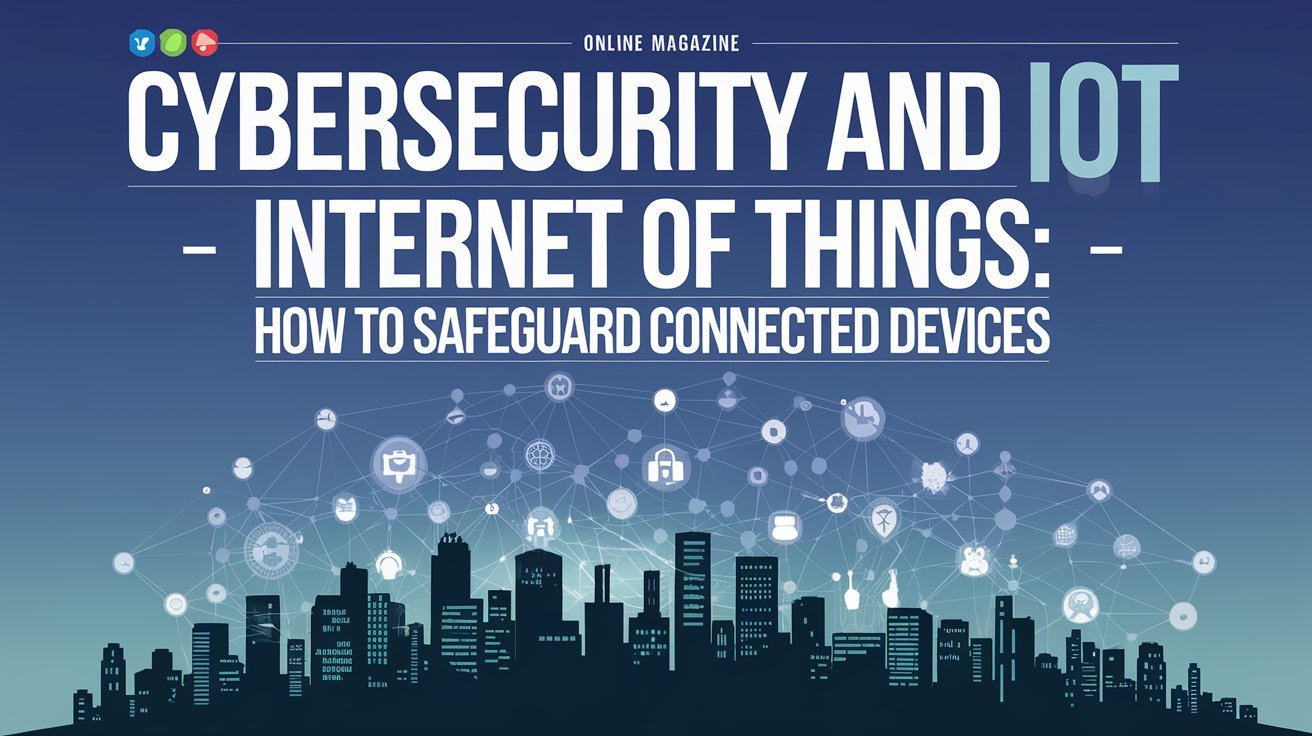Introduction
The IoT, or the Internet of Things, has completely revolutionized the digital world. It connects everyday objects, from household appliances and wearables to complex machinery, with the web to provide unparalleled ease and usability. IoT spans nearly every sphere of modern life, from smart home appliances and wearables to automation systems in industries. It exposes all of these to a world of cybersecurity risks. With the continuous evolution of IoT, understanding these vulnerabilities and how to safeguard against potential threats becomes paramount.
Security Threats in the Ever-expanding IoT Ecosystem
Starting from personal gadgets like smartwatches and home assistants to very important industrial and healthcare equipment, IoT devices increase the digital ecosystem at an unbelievable rate. While this no doubt makes life seamless for users by way of improved efficiency, integration in this way also extends the cybersecurity landscape manifold.
1. A Larger Attack Surface: Each connected device serves as an access point that an attacker can use. Many IoT devices, unlike older computers and servers, have little processing power and limited storage, thus constraining their ability to implement strong security measures. This large attack surface provides an avenue for hackers to take advantage of various weaknesses and hence access larger networks.
2. Poor Security Standardisation: However one of the basic problems of IoT security is that the protection from different manufacturers is inhomogeneous. Most IoT developers target cost reduction and accelerated time-to-market, with little consideration for strong security protocols, putting out devices that are poorly defended against cyber threats. With no universal standards, it is difficult to tell whether all devices keep at least the minimum standard of security.
3. Bad Update Management and Patching: Many IoT devices are not designed with long-term maintenance in mind. Unlike traditional software and hardware systems that receive regular updates, IoT devices may be neglected once deployed. This creates a significant risk as vulnerabilities discovered post-launch remain unpatched, leaving devices susceptible to new and evolving cyber threats.
4. Remote Access and Control Vulnerabilities: These are devices that let users remotely control smart locks, cameras, or HVAC systems. While this brings unprecedented convenience, these also have their risks. Compromised, they may provide an attacker with private data access, disrupt services, or even jeopardize safety.
5. Data Security Concerns: Many IoT devices generate data, which is personal information, including behavioral. Once this information is revealed to unauthorized access, the after-effects might be serious: violation of privacy, identity theft, and misusing sensitive information.
Consequences of Security Breaches in IoT Devices
The consequences of IoT vulnerabilities run deep, from physical break-ins or digital identity theft by the compromise of smart devices within homes to life-critical information breaches due to connected medical equipment in healthcare. But most vulnerable to these types of attacks are those IoT devices installed within manufacturing and critical infrastructures-that is, those providing the backbone for supply chains and general service outages.
Case Studies of the Hazards
High-profile IoT security incidents drive home real-world perils due to poor protections.
Mirai Botnet Attack, 2016: It leveraged vulnerabilities in a large number of IoT devices, including routers and IP cameras as a launch pad for massive DDoS attacks. This breach gave a glimpse into the potential power of hijacked IoT networks because of the scale this time. Connected Car Hacks: As hackers did demonstrate, even connected vehicles could be accessed the reason carmakers get concerned about the safety of driving systems and personal data locked in those vehicles.
Protection Security Measures for IoT
The process of mitigating risks concerning the manufacture of IoT devices involves both businesses and consumers. Approaches that help improve IoT security in some ways are listed below:
1. Zero Trust Architecture – ZTA: It works on the philosophy of never trust but always verifies. In the ZTA of IoT environments, the highest level of security feature is necessary to authenticate every access request for authorized access. It deals with layered security and continuous monitoring to reduce the probability of risks.
2. Strong Device Authentication: Strong authentication protocols including MFA may restrict unauthorized user access to IoT devices. Now it gets tough on the attacker because trying a weak or default password to fire up the device will no more work.
3. Regular Firmware Updates: Consistent firmware updates to devices are important in ensuring the loopholes are closed. It is, therefore, important to note that manufacturers and users are updating the device software whenever the patches are available to avoid the attack of known vulnerabilities.
4. Network Segmentation: Segregating IoT devices from either business-critical or home networks can reduce the impacts and effects of a breach. To that effect, it prevents an attacker from performing lateral movements inside the network once one point has been breached, thus protecting sensitive data.
5. Security by Design: IoT product manufacturers are required to embed security into their designs. This entails implementing encryption, secure boot, and embedded threat detection systems. Security by design entails that the devices will be constructed so that they can resist all possible kinds of cyberattacks through the inbuilt mechanisms.
6. User and Stakeholder Training: Users are the most critical entities in IoT security. Consumers and organizational stakeholders can reduce many of these vulnerabilities based on education in secure practices: changing default passwords, enabling encryption, and performing periodic audits of devices.
Outlook for the Future and Vigilance
The landscape of IoT is fast-growing, and billions of devices are supposed to get connected in the coming years. With huge possibilities for innovation, the associated risk is also at an all-time high if cybersecurity fails to keep pace. Governments and other regulatory bodies are slowly but surely taking up these challenges by framing guidelines and frameworks for IoT security, but it requires continuous effort from all parties concerned.
Conclusion
The era of the proliferation of IoT ushers in complete connectivity and convenience. These bring with them their share of challenges on security that have to be addressed through an overall strategy: strong design, proactive updating, and educating the user. Only then can the associated risks of IoT be contained through collaboration between manufacturers, business enterprises, and individual users so that the promising connected future is not bought at the cost of security and privacy.
Published by CybaPlug.net: Your ultimate destination for tech news, gaming insights, and digital innovations.
Stay plugged in!
Hi I'm Olly, Co-Founder and Author of CybaPlug.net.
I love all things tech but also have many other interests such as
Cricket, Business, Sports, Astronomy and Travel.
Any Questions? I would love to hear them from you.
Thanks for visiting CybaPlug.net!






